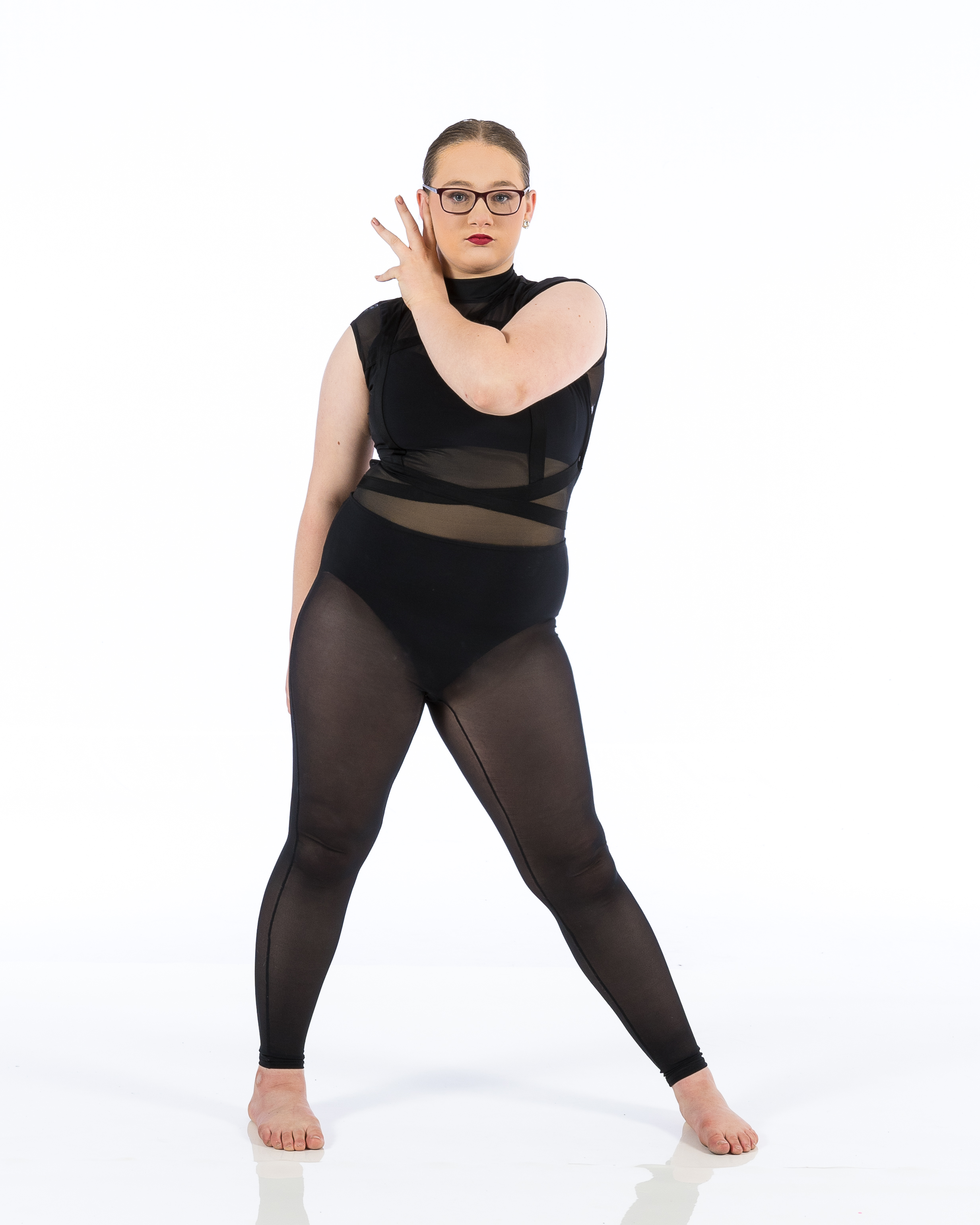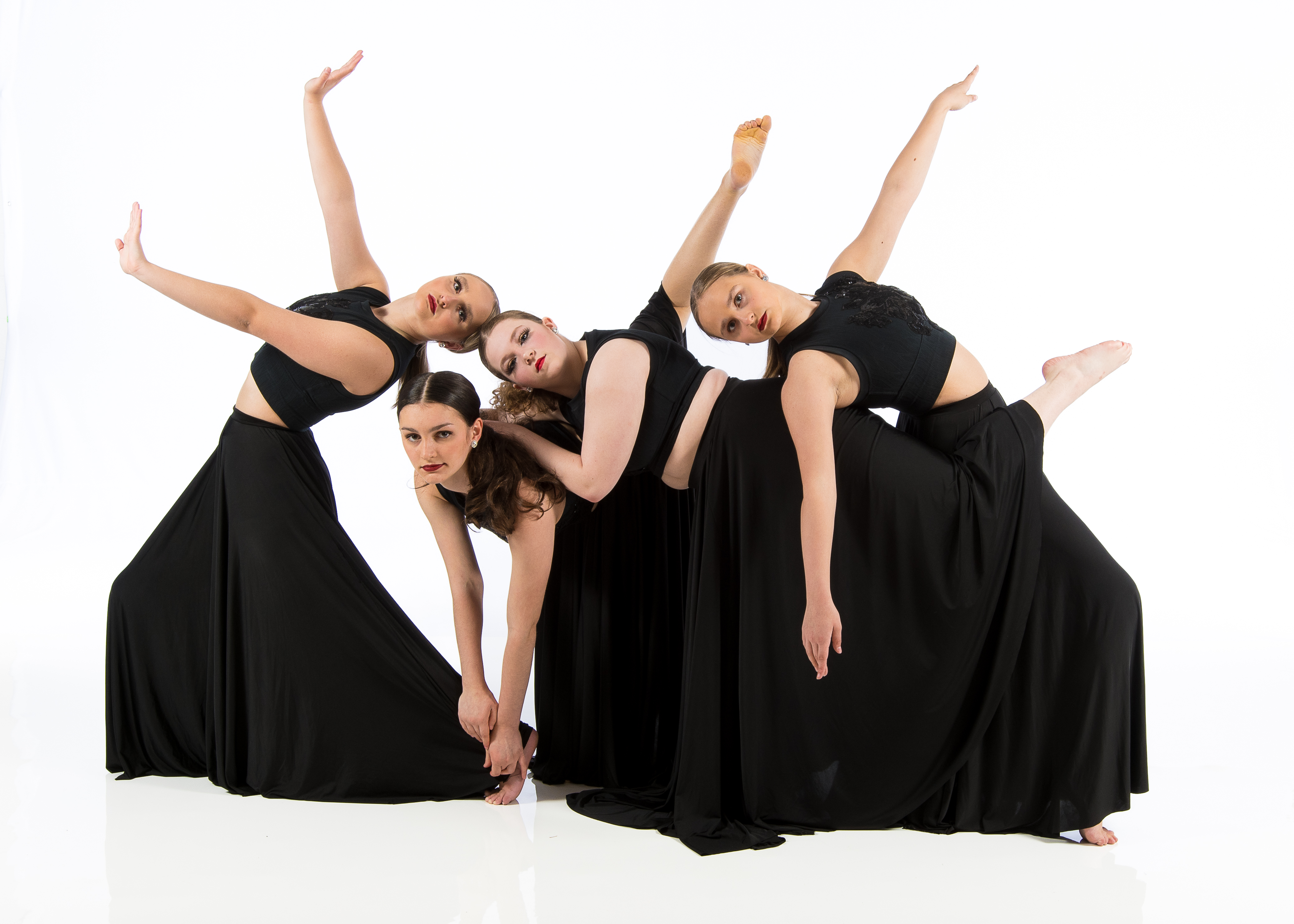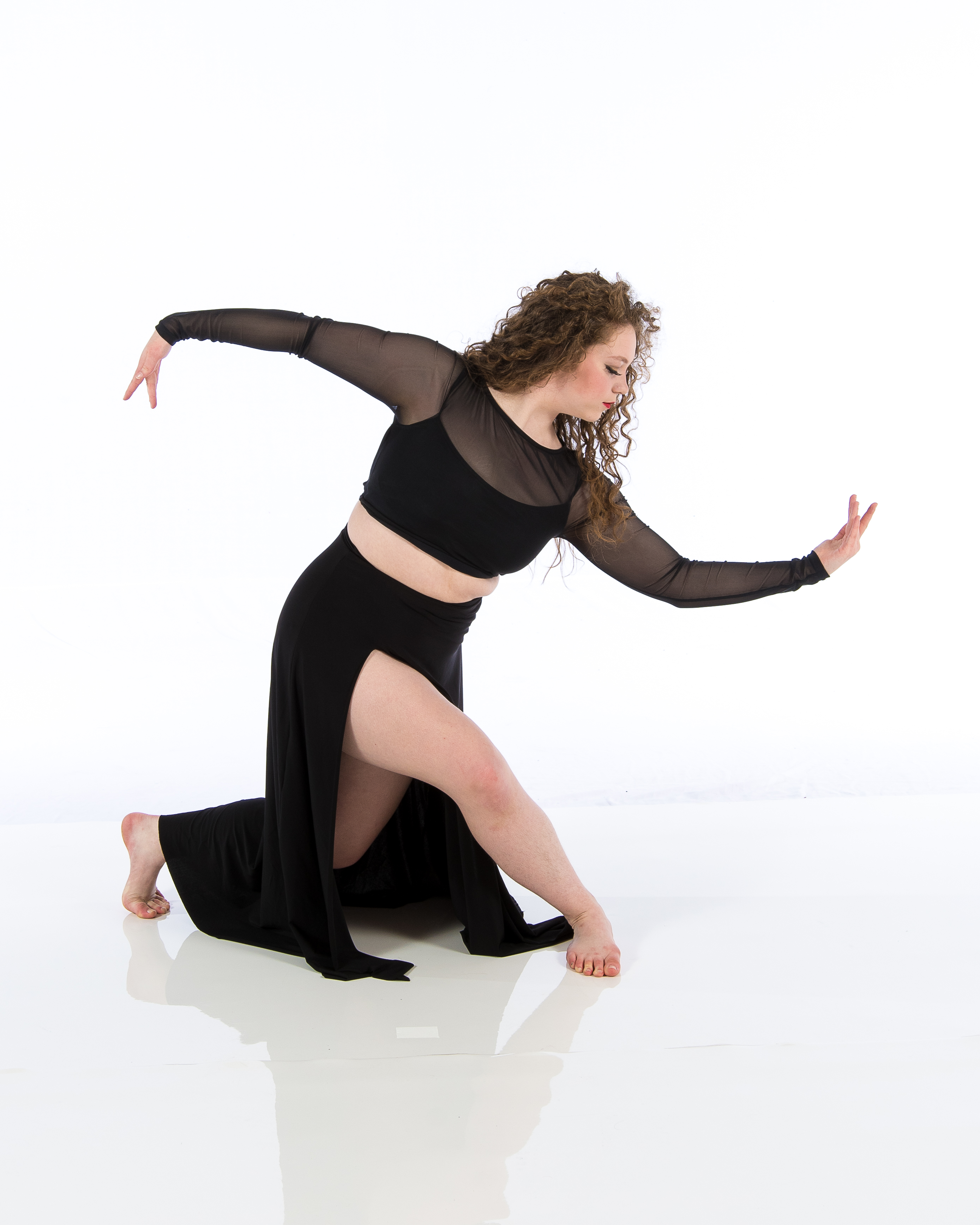Introduction
Dance is an art kind that transcends obstacles, unifies communities, and bursts with the vitality of human expression. Whether you're a budding dancer stepping into a dance studio for the very first time or a skilled entertainer aiming to fine-tune your craft, understanding dance studio rules is essential for making sure a favorable experience. This comprehensive guide titled From Amateur to Specialist: Navigating Dance Studio Rules for an Unified Experience will certainly take you with every facet of dance studio habits, giving insights that will boost your experience and foster stronger partnerships within the dance community.
Understanding Dance Studio Etiquette
What is Dance Studio Etiquette?
Dance workshop decorum refers to the set of rule of thumbs and social norms that govern actions in a dance classroom setup. Much like any kind of various other artistic atmosphere, respecting these standards can enhance not only your learning experience but additionally that of your peers.
Why is Dance Studio Decorum Important?
Adhering to correct rules aids produce an atmosphere of regard, emphasis, and cooperation. It fosters a sense of neighborhood and allows professional dancers to support each other in their growth while lessening interruptions during class.
From Novice to Expert: The Value of First Impressions
Preparing for Your Initial Class
Walking right into a dance studio for the first time can be nerve-wracking. To make a memorable first impression:
- Dress properly: Wear comfy clothing suitable for the kind of dance you're studying. Arrive early: Goal to arrive at least 10-- 15 mins before course begins. This provides you time to check in, heat up, and work out in.
Greeting Your Instructor
A pleasant welcoming sets the tone for your experience. Constantly present yourself if it's your fabulous! A simple "Hello there" or "Greetings" can go a lengthy way in establishing rapport.
Classroom Conduct: The Do's and Do n'tshtmlplcehlder 46end.
Do's: Favorable Behaviors
Be Respectful: Respect every person's individual room-- particularly when practicing moves. Listen Actively: Show attentiveness when instructors are speaking; it shows you value their guidance. Support Your Peers: Urge fellow dancers; positivity breeds encouragement. Dance ClassesDon'ts: Negative Behaviors
Avoid Disturbances: Keep individual discussions outside the classroom. Don't Use Your Phone: Silence your phone during class; it's disruptive. Refrain from Interrupting: Wait up until the trainer finishes prior to asking questions.The Role of Individual Room in Dance Studios
Understanding Boundaries
Personal area differs from one person to another, especially in a dancing setup where physical closeness is typically necessary during practice routines.
Communicating Convenience Levels
If you feel awkward with just how close an additional dancer is getting throughout partnered exercises or formations, it's vital to connect this nicely and professionally.


Maintaining Professionalism: Dress Code and Grooming
Importance of Correct Attire
Each dancing design usually has its very own dress code-- whether it be leotards for ballet or baggy clothes for hip-hop courses-- adhering to these requirements shows regard for both your craft and your instructor.
Personal Hygiene Matters
Dancing requires physical exertion, which can cause perspiration. Guarantee you keep great health by showering prior to class and putting on clean attire.
Behavior During Course: Focusing on Learning
Engaging with Instruction
It's important to stay concentrated during demonstrations. Instead of merely seeing, actively engage by visualizing exactly how you would certainly implement each movement.
Asking Concerns Appropriately
Curiosity enhances learning! If something isn't clear, do not hesitate to ask concerns-- but guarantee they matter and posed at suitable times (preferably after directions).
Feedback: Welcoming Useful Criticism
Accepting Feedback Gracefully
Constructive objection is part and parcel of growth in any kind of art type. Embrace comments with an open mind and prevent coming to be defensive; keep in mind that review aims to aid boost your skills!
Offering Comments Thoughtfully
When giving responses to peers, ensure it's positive instead of crucial; concentrate on what they did well along with locations for improvement.
Creating Harmony Through Teamwork
The Value of Group Spirit
In lots of dancing styles, teamwork plays a crucial duty; developing camaraderie with fellow professional dancers brings about improved performances.
Collaborating During Team Exercises
When involved in team projects or choreography methods, motivate creative thinking by appreciating everyone's concepts while additionally adding your own constructively.
Handling Problems Gracefully
Addressing Arguments Maturely
Conflict might occur due to misconceptions or varying point of views on choreography options. Take on these problems privately instead of openly broadcasting grievances which can interrupt class harmony.
Seeking Mediation When Necessary
If problems rise past personal resolution efforts-- seek support from trainers that can moderate effectively based on their experience managing comparable situations.
Post-Class Decorum: Leaving on a Good Note
Thanking Teachers After Class
Always reveal appreciation in the direction of your instructor after lessons; this strengthens positive partnerships while acknowledging their tough work!
Keeping the Studio Clean
Whether it's getting canteen or nicely setting up props post-class-- maintaining tidiness lionizes for common spaces utilized by all dancers!
Engaging Beyond Course Time: Structure Neighborhood Relationships
Joining Social Events
Participate in gatherings organized by workshops such as displays or open homes-- these events provide chances for networking while boosting area connections outside structured lessons!
Supporting Fellow Dancers' Performances
Attending peers' performances shows uniformity within the dancing area-- it motivates interaction past mere presence at classes!
Frequently Asked Concerns (Frequently asked questions)
1. What need to I put on for my initial dancing class?

2. Is it all right to talk during class?
It's ideal technique not to participate in side conversations throughout instruction as this distracts both instructors & & fellow trainees alike!
3. Exactly how do I manage feeling overwhelmed?
Take deep breaths & & advise on your own that every dancer began someplace! Connect any fight with instructors that might give added aid if needed!
4. What happens if I differ with choreography choices?
Express issues respectfully either privately or within assigned responses sessions rather than openly critiquing throughout wedding rehearsals; maintaining professionalism and reliability aids fix arguments amicably!
5. Should I bring water right into the studio?
Definitely! Remaining hydrated improves efficiency levels; just make sure containers are securely shut so spills don't occur on floorings where others are dancing!
6. How vital is punctuality?
Preparation is crucial as showing up late interferes with concentration levels while causing interruptions; goal constantly get here early sufficient enabling time workout properly before courses commence!
Conclusion
Navigating via a dance studio setting can appear intimidating at first glance but grasping correct etiquette eventually changes one's journey from newbie standing toward skilled degree virtuosity! By adhering closely established actions outlined throughout this overview labelled From Novice To Expert: Navigating Dance Studio Rules For An Unified Experience *, you'll grow vital friendships within neighborhoods enriched imagination while refining technical expertise along with respected mentors! So lace up those shoes confidently step onto that flooring-- the globe awaits your special expression through movement!